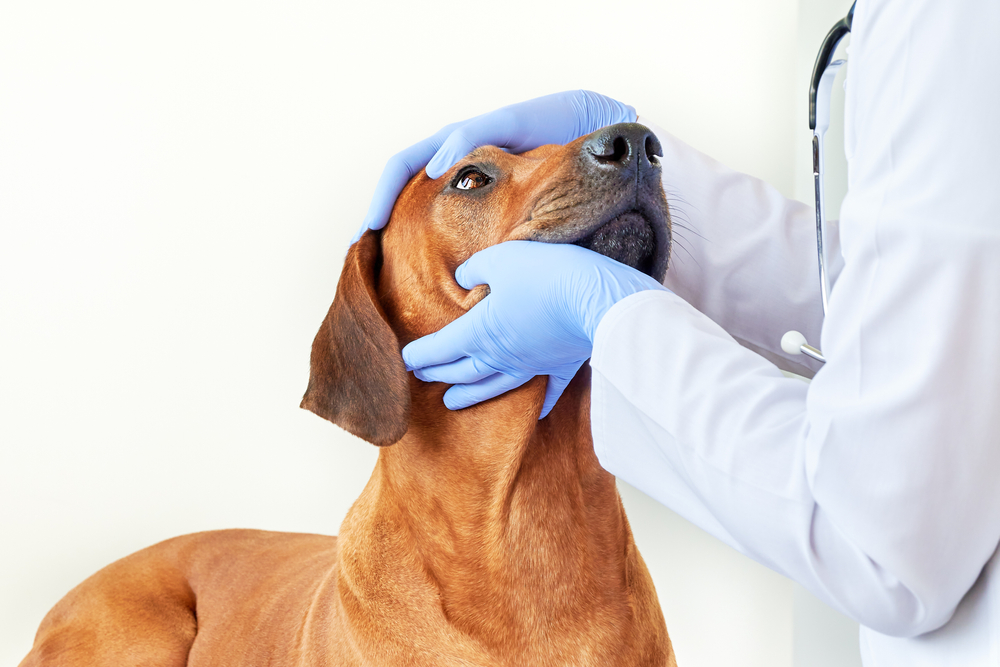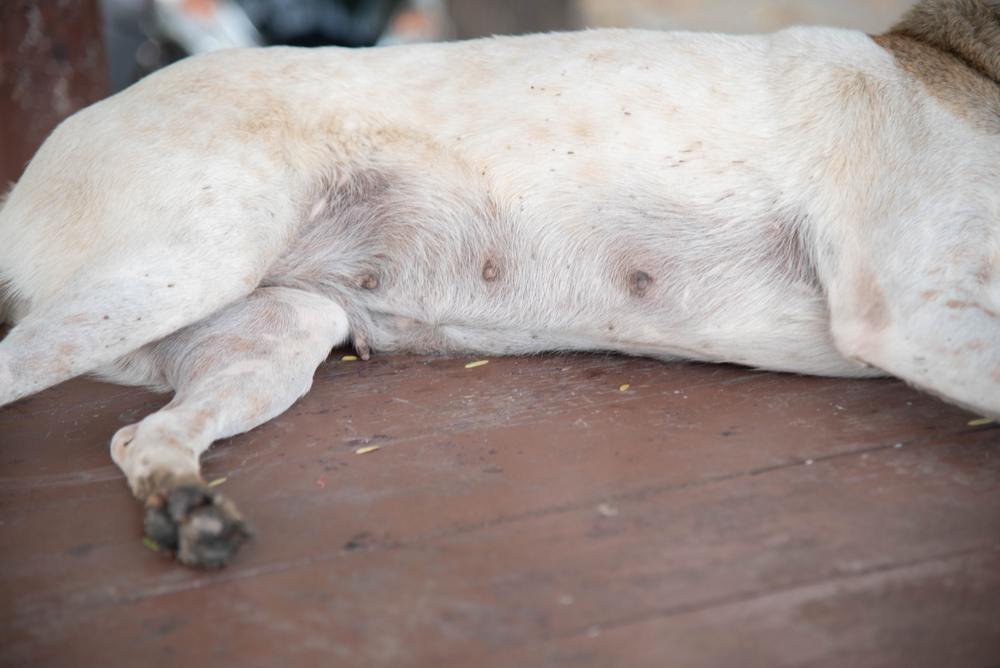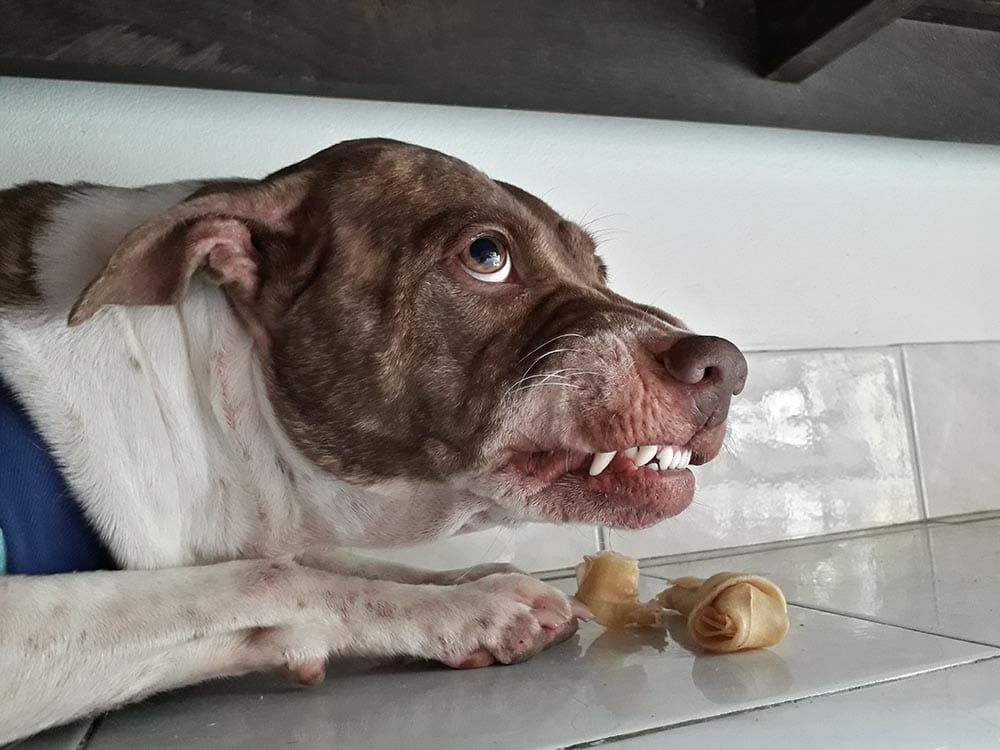Swedish Vallhunds are adorable little dogs that hail from Scandinavia. They are small, stocky, versatile, and fun dogs that appeal to many people. The American Kennel Club calls the Swedish Vallhund “a little Viking farm dog,” and that is a very succinct summary of this breed. Before anyone runs off to purchase a new dog based on a picture they saw online, they should learn more about the breed and know the potential health issues. Every dog breed is different, and every dog breed has different health concerns to be aware of. The Swedish Vallhund is generally a healthy breed, but there are some health conditions they may suffer from to be aware of.
Here are three Swedish Vallhund health issues to look out for, including ways to prevent or reduce the risk of them developing and potential treatments for each one.
The 3 Swedish Vallhund Health Issues
1. Swedish Vallhund Retinopathy
Swedish Vallhunds are affected by a hereditary retinopathy known as Swedish Vallhund retinopathy. Progressive retinal atrophy (PRA) is the term to describe inherited photoreceptor degeneration and it is common in many breeds. However, Swedish Vallhund retinopathy is a form of PRA that specifically affects this breed and is caused by a different genetic mutation.
The age of onset and progression of the disease varies. As this is a degenerative disease that affects the photoreceptors in the retina at the back of a dog’s eyes, the first signs manifest as poor vision in low light. It can then progress to night blindness before reaching total blindness in the most severely affected dogs.

Prevention
Since Swedish Vallhund retinopathy is a genetic disorder, the only way to truly prevent it is to do genetic screenings and prevent dogs from breeding that are potential carriers of the disease. Luckily, according to the American Kennel Club, a genetic test for the eye disease was developed in 2017. This means that responsible breeders have access to the tools they need to screen for and prevent Swedish Vallhund retinopathy.
Treatment
Unfortunately, as of now, there are no effective treatments for Swedish Vallhund retinopathy. There is some nonclinical data to suggest that certain supplements might help strengthen the health of the retina, but no studies have confirmed these findings. If you end up with a Swedish Vallhund with retinopathy, you will have to simply manage their life as they start to lose their eyesight. The good news is that many dogs can adapt to the loss of one of their senses in ways that often amaze humans. As long as you stick to a routine and avoid moving to a new location, your Swedish Vallhund has a good chance of gracefully transitioning to a visually impaired pet.
2. Hip Dysplasia
Hip dysplasia is an inherited disorder that occurs when one or both hip joints develop abnormally. Hip dysplasia occurs when the head of the thigh bone (femur) and the socket in the pelvis do not grow at equal rates. In most cases, this results in laxity, or looseness, of the hips, which often progresses to degenerative joint disease later in life. Swedish Vallhunds are prone to getting hip dysplasia, along with a large number of other dog breeds.
The signs of hip dysplasia can vary. Lameness, weakness in the hind legs, a reluctance to exercise, stiffness after rest and other signs of pain may be seen. If you see any of these signs, you should consult your veterinarian because hip dysplasia requires management and treatment.
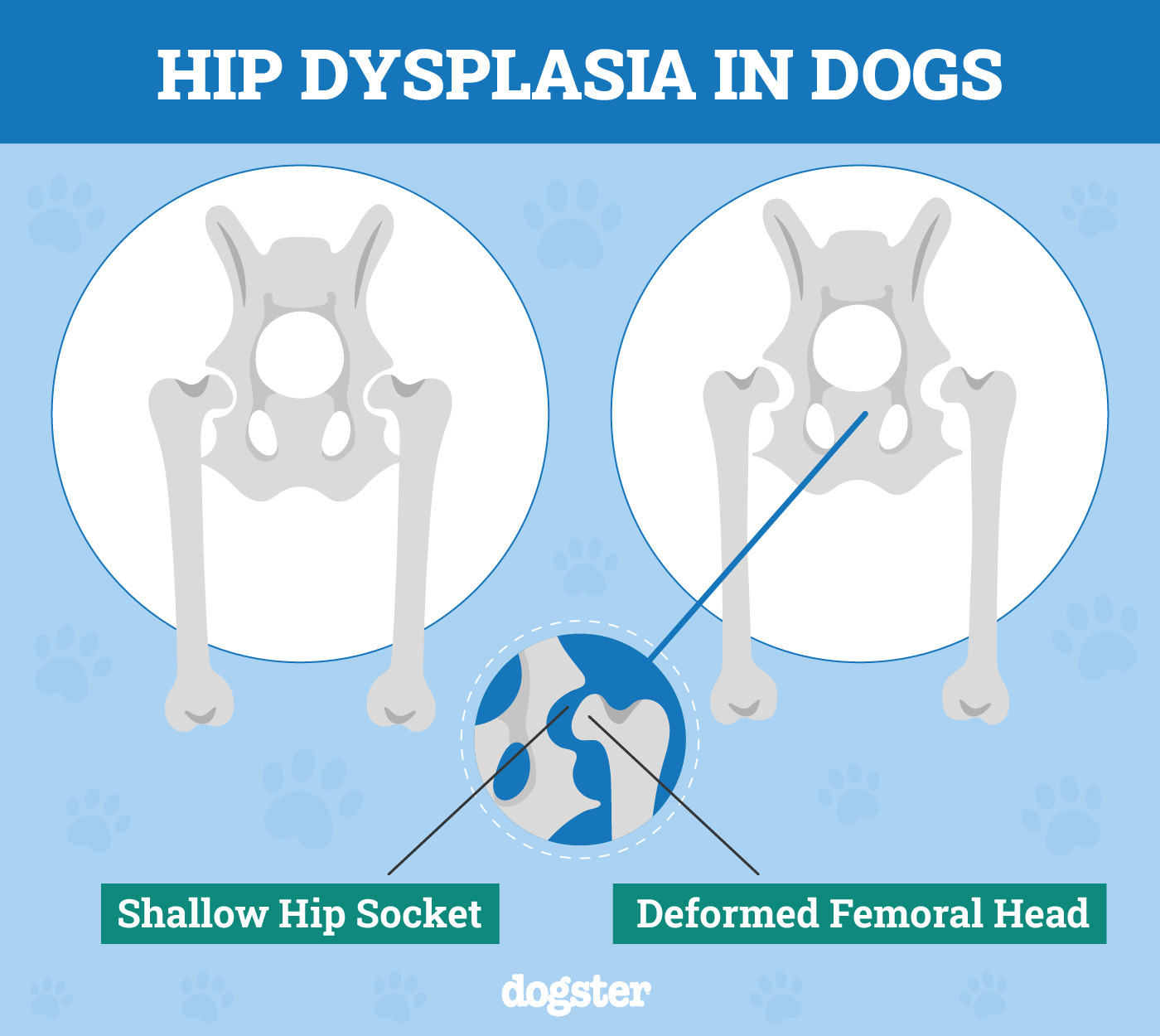
Prevention
The best way to prevent hip dysplasia is to screen for it during the breeding process. Hip dysplasia is primarily a genetic disorder that is heavily influenced by environmental factors such as diet, exercise, and growth rate. A reputable breeder should be screening their breeding dogs for the condition to reduce their puppies risk of developing hip dysplasia. The Orthopedic Foundation for Animal (OFA) health testing helps breeders assess their dog’s hips through X-rays taken by their veterinarian. Breeders should only breed dogs with hip joints rated normal grade or higher for the breed.
There are also steps you can take to help prevent the development of hip dysplasia. Feeding your Swedish Vallhund puppy an appropriate diet to promote healthy growth and development, exercising them appropriately, and keeping them at a healthy weight can all help.
Treatment
Veterinarians can diagnose hip dysplasia through physical examination and X-rays. Once hip dysplasia has been identified, a treatment plan will be created and issued. In most cases, hip dysplasia is treated by managing your dog’s physical load, strengthening the health of the joints, and managing pain.
Dogs do much better with hip dysplasia if they are at a healthy weight, so your vet might put your dog on a doggy diet. They might also recommend special foods or supplements that help support joint health and strength. Pain medications may also be required.
For dogs suffering from severe hip dysplasia, surgery may be recommended. This usually requires referral to a specialist veterinary orthopedic surgeon.
3. Luxating Patella
A luxating patella is a condition in which a dog’s kneecap slips out of the groove in the thigh bone. There are four grades of luxating patella ranging in severity from one to four (I–IV). Grade I luxating patellas are often very mild, while Grade IV luxations can be debilitating. Swedish Vallhunds are at a mild risk of developing this condition, and it is more common in Swedish Vallhunds with hip dysplasia. If a dog has hip dysplasia, they are already out of alignment, and this misalignment can make them more prone to a luxating patella.
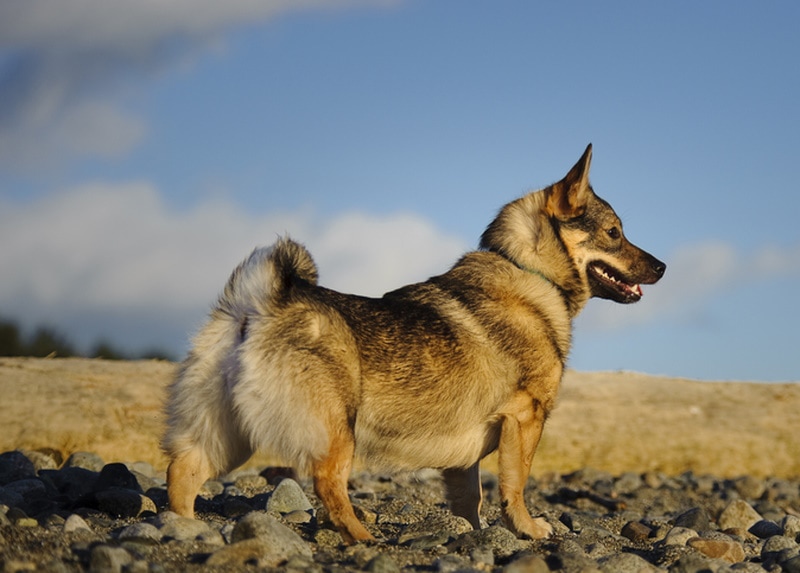
Prevention
The American College of Veterinary Surgeons recommends against breeding dogs that have been diagnosed with patella luxation since there is a possibility of it being, at least in part, hereditary.
It’s also important to ensure your Swedish Vallhund remains at a healthy weight and engages in regular, appropriate, low-impact exercise. A healthy weight and exercise will help keep the knees and the muscles in the legs strong, which will help prevent luxation
Treatment
Depending on the severity of the luxating patella, there are various different treatments. Physical therapy can help with many minor issues connected to a luxating patella. Your vet might also prescribe joint supplements. If the luxation is severe, surgery might be suggested to correct the issue. If you do not treat luxating patella properly, it can lead to osteoarthritis over time.
 A Good Breeder Is Worth Their Weight in Gold
A Good Breeder Is Worth Their Weight in Gold
Since many of the health issues found in Swedish Vallhunds are connected to genetics and therefore connected to breeding, an ethical, responsible, and reputable breeder is invaluable. Good breeders should be screening their Swedish Vallhund parents for these conditions before breeding. A genetic panel and screening X-rayswill let a breeder know that breeding dogs are healthy and can identify potential carriers of hereditary conditions such as retinopathy.
Unfortunately, not all breeders are reputable or responsible. If you are looking to buy an American Kennel Club-registered Swedish Vallhund, you will likely have to go through a breeder. Make sure the breeder you are using has a good reputation and is actively screening their dogs for hereditary issues.
A well-bred Swedish Vallhund is generally incredibly healthy with little to no risk of developing these diseases.
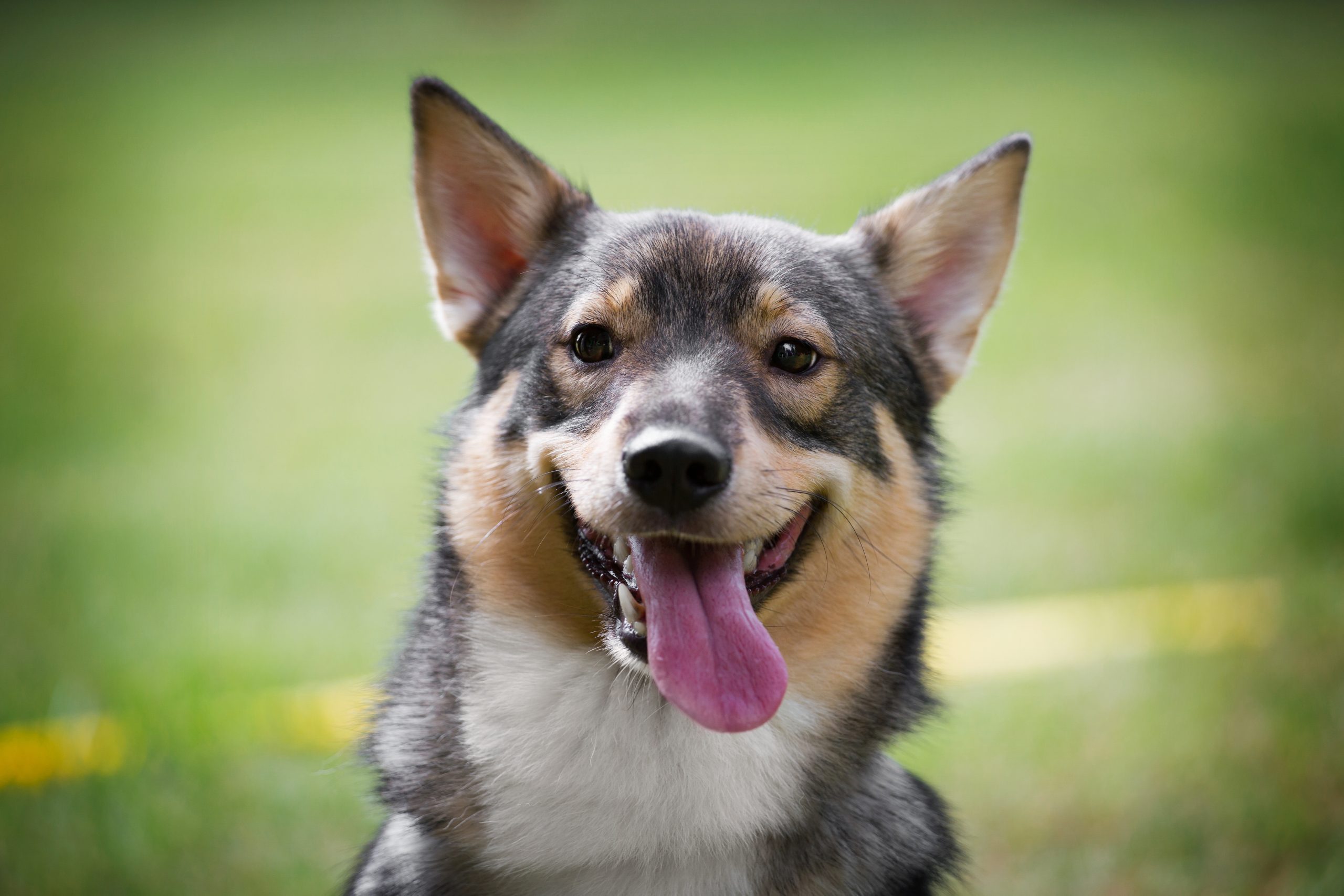
Final Thoughts
Swedish Vallhunds are very healthy dogs overall. They are at risk for a few genetic issues that can easily be screened for by reputable breeders. Even if you have a Vallhund with any one of these issues, they can still live a long and happy life with the right diagnosis, management, and treatment plan.
- Related Read: How Much Do Swedish Vallhunds Cost?
Featured Image Credit: Marcel van den Bos, Shutterstock




 A Good Breeder Is Worth Their Weight in Gold
A Good Breeder Is Worth Their Weight in Gold